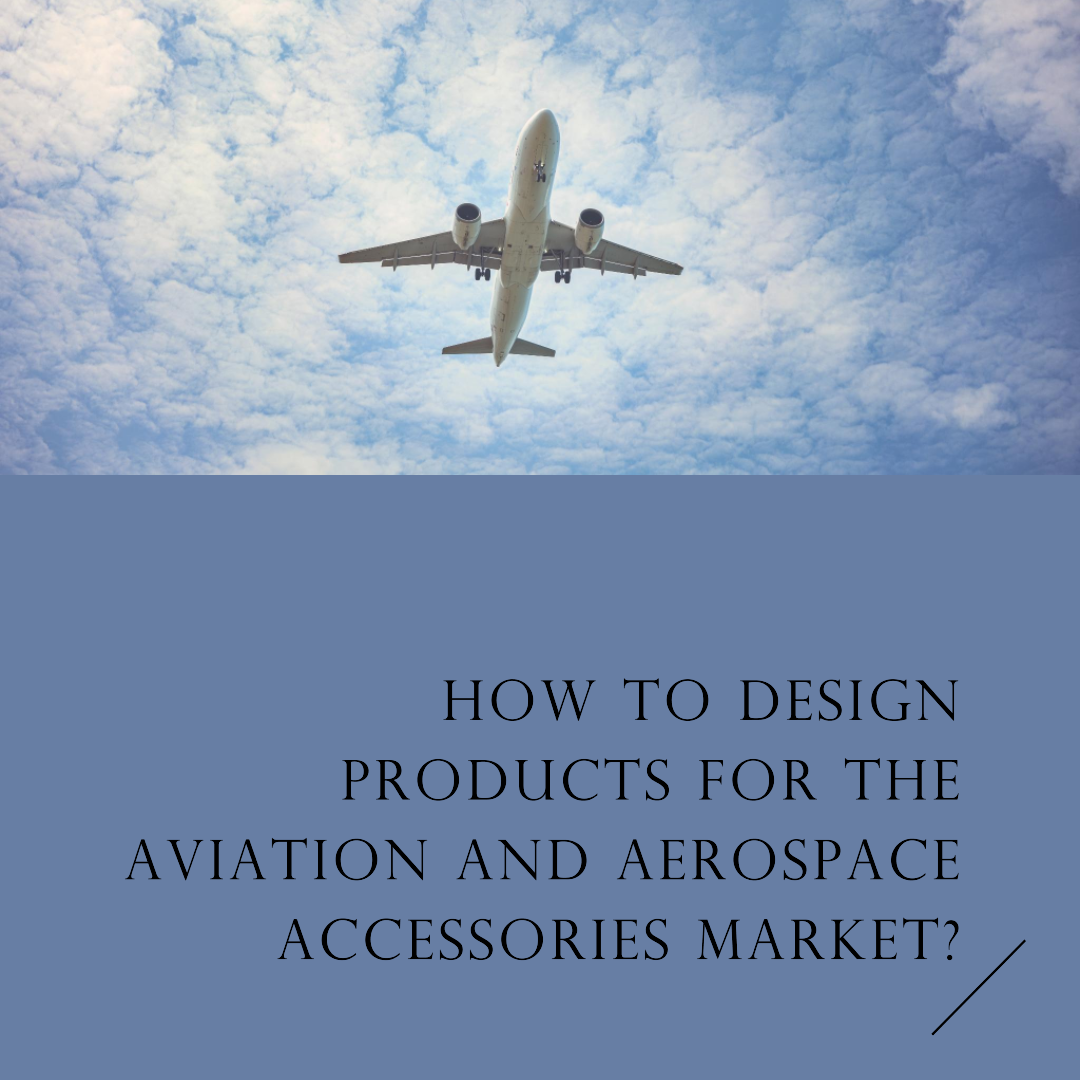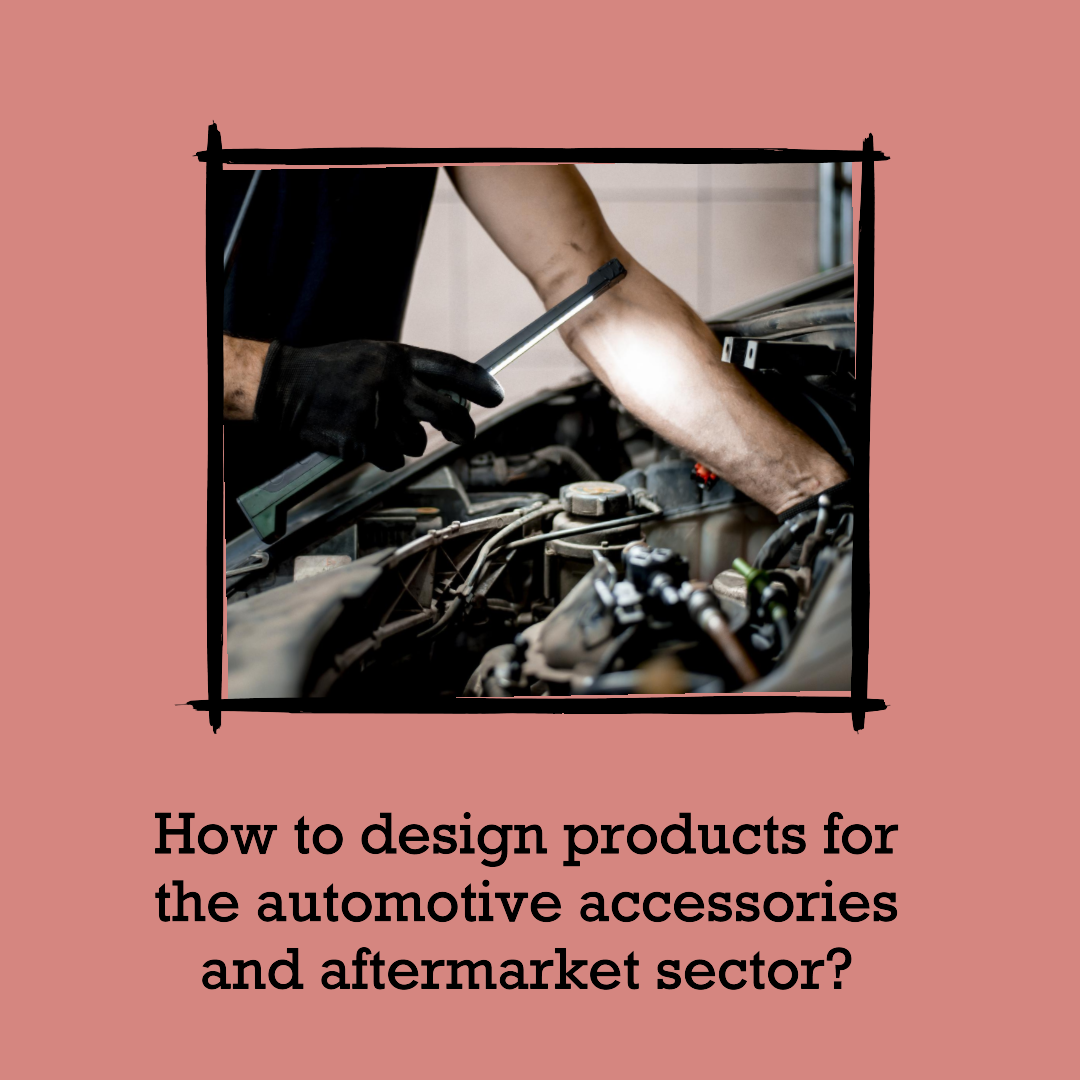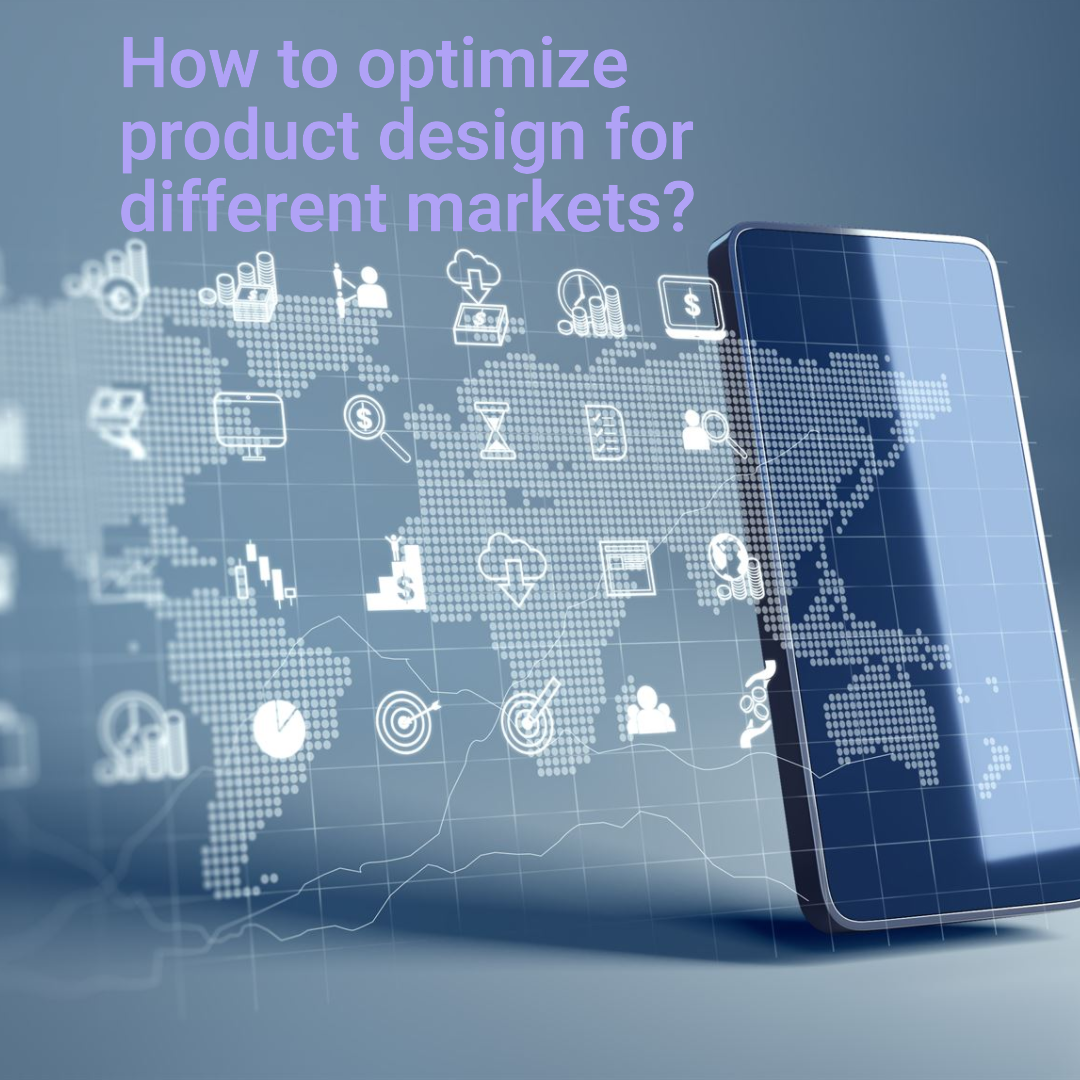How to design products for the aviation and aerospace accessories market?
The aviation and aerospace accessories market is a multi-billion dollar industry that encompasses a wide range of products, from pilot headsets and flight bags to aircraft maintenance tools and ground support equipment.
Designing products for this industry requires a deep understanding of the needs of pilots, aircraft mechanics, and other aviation and aerospace professionals, as well as the latest trends in technology and materials.
In this blog post, we will discuss the key steps involved in designing products for the aviation and aerospace accessories market. We will also provide tips on how to create products that are both functional and durable, and that meet the needs of a diverse range of users.
Step 1: Conduct market research
The first step in designing any product is to conduct market research. This involves gathering information about the target market, the competitive landscape, and the latest trends in technology and materials.
For the aviation and aerospace accessories market, market research may include:
- Interviewing pilots, aircraft mechanics, and other aviation and aerospace professionals to understand their needs and pain points
- Surveying consumers to gauge interest in new products and features
- Analyzing sales data to identify trends and opportunities
- Benchmarking products from competitors
Step 2: Define the product requirements
Once you have a good understanding of the market, you can begin to define the specific requirements for your product. This includes things like:
- The target market(s)
- The primary and secondary features of the product
- The performance and durability specifications
- The price point
It is important to be as specific as possible when defining the product requirements. This will help you to develop a product that meets the needs of your target market and is competitive in the marketplace.
Step 3: Generate design concepts
Once you have defined the product requirements, you can begin to generate design concepts. This is a creative process that involves brainstorming different ideas and sketching out potential designs.
When generating design concepts, it is important to consider the following factors:
- The function of the product
- The materials and manufacturing processes that will be used
- The target market’s aesthetic preferences
- The competitive landscape
Step 4: Develop prototypes
Once you have selected a design concept, you can begin to develop prototypes. Prototypes are working models of the product that can be used to test its functionality and design.
There are a variety of ways to develop prototypes, depending on the complexity of the product. For simple products, you may be able to create a prototype using basic materials and tools. For more complex products, you may need to use more sophisticated manufacturing processes, such as 3D printing or injection molding.
Step 5: Test and refine the product
Once you have developed a prototype, you need to test it thoroughly to identify any areas for improvement. This may involve testing the product in a laboratory setting or conducting field tests with pilots, aircraft mechanics, and other aviation and aerospace professionals.
Based on the test results, you may need to refine the design or materials used in the product. This process may be repeated several times until you are satisfied with the product’s performance and durability.
Step 6: Finalize the design and manufacturing process
Once you are satisfied with the product, you can finalize the design and manufacturing process. This includes creating detailed engineering drawings and specifications, as well as sourcing the necessary materials and equipment.
Step 7: Launch the product
Once the product is finalized, you can launch it to the market. This involves developing a marketing and sales plan, and distributing the product to aviation supply stores, aircraft maintenance shops, and other retailers.
Tips for designing products for the aviation and aerospace accessories market
Here are some additional tips for designing products for the aviation and aerospace accessories market:
- Focus on safety and durability. Aviation and aerospace products need to be safe and durable, able to withstand the rigors of flight and aircraft maintenance.
- Use high-quality materials and construction methods. Aviation and aerospace products need to be made from high-quality materials and construction methods, as they will be used in demanding environments.
- Keep the product lightweight and compact. Aviation and aerospace professionals often need to carry their equipment with them, so it is important to keep the weight and size of products to a minimum.
- Consider the ergonomics of the product. Aviation and aerospace products should be comfortable and easy to use, even in cramped or difficult-to-reach spaces.
- Design the product for a variety of skill levels. Aviation and aerospace products are used by people of all skill levels, from pilots and aircraft mechanics to ground support personnel. Design products that are accessible to everyone.








